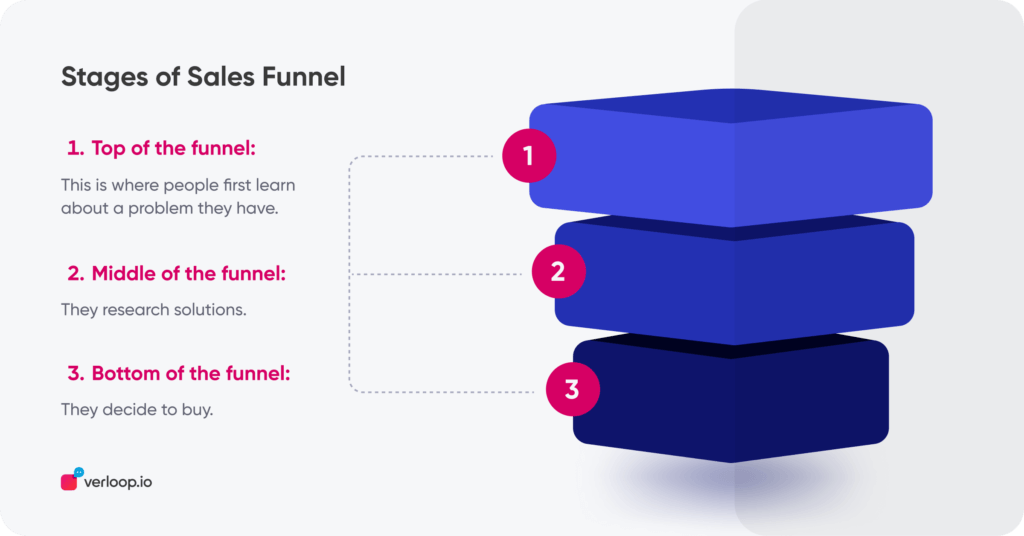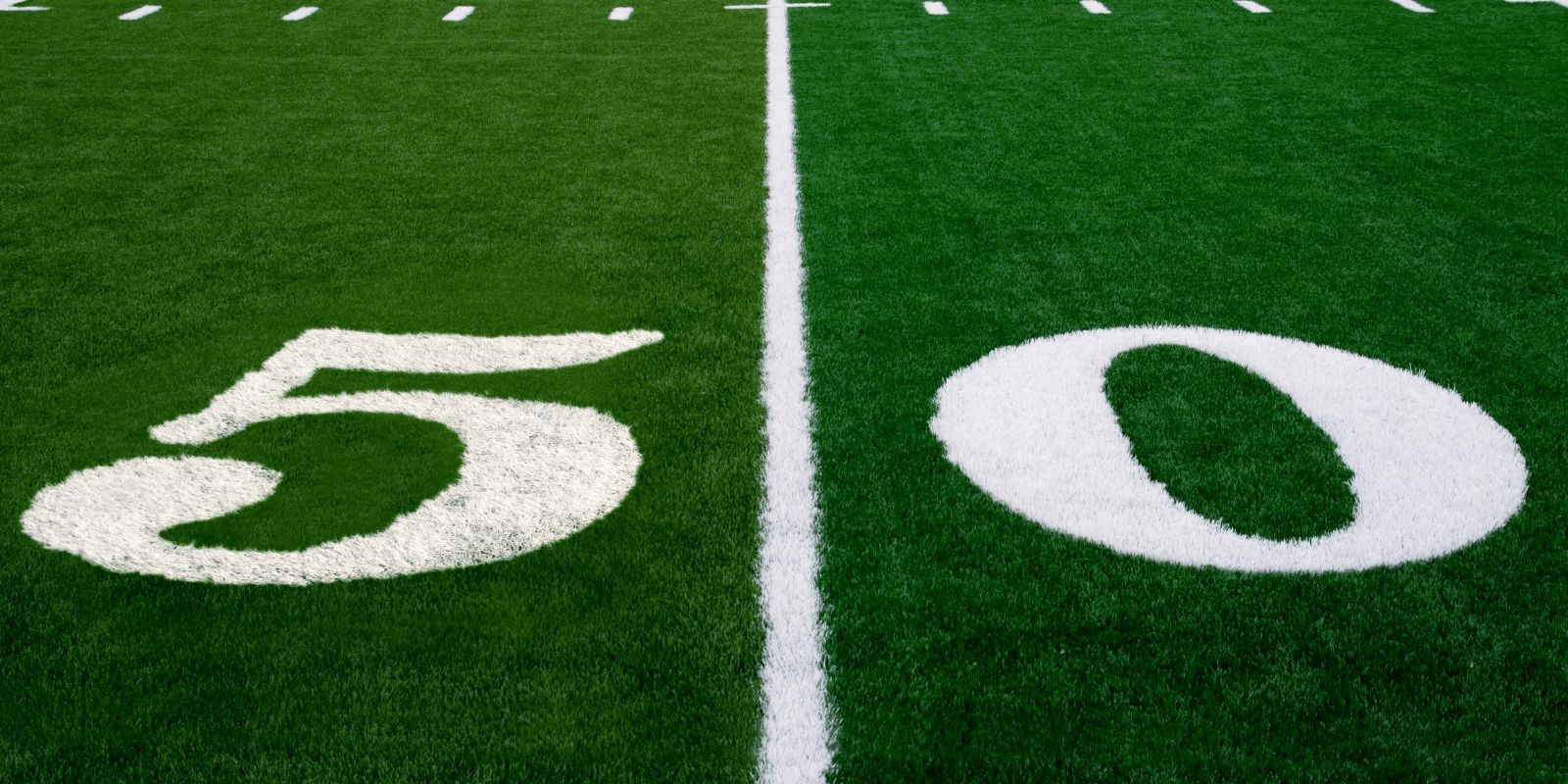Stay Ahead with 2024’s Top Sales Funnel Templates

Stay Ahead with 2024’s Top Sales Funnel Templates
A sales funnel is like a roadmap that helps salespeople turn curious shoppers into happy buyers. It’s a crucial tool for understanding and guiding customer behaviour. A well-defined sales funnel has the potential to elevate deal success rates by an impressive 16%.
In this article, we break down what a sales funnel is and why you need one in your sales strategy. Before we delve into the templates, let’s establish a foundational understanding: What exactly is a sales funnel?
What Is a Sales Funnel?
A sales funnel is a crucial tool for businesses, helping potential customers move through clear steps from first learning about a product to making a purchase. Many marketers and entrepreneurs use sales funnel templates for a quicker and more effective funnel setup.
Think of a sales funnel as a pathway for turning people who just heard about a product into actual buyers. It’s like a real funnel, wide at the top and narrow at the bottom.
Let’s look at Amazon’s sales funnel as an example:
- You go to Amazon.com.
- You look at a product.
- You decide to buy it and add it to your shopping cart.
- You check out and make the purchase.
This process visually represents how a company’s website guides people from visiting to buying.
Different companies may have their own versions of this funnel, using images, spreadsheets, or CRM tools.
The name “sales funnel” comes from its shape. It has three main parts:
- Top of the funnel: This is where people first learn about a problem they have.
- Middle of the funnel: They research solutions.
- Bottom of the funnel: They decide to buy.

As people visit your website, you guide them toward becoming customers. Some drop out along the way, resulting in a wide top and a narrow bottom.
Funnels aren’t just for tracking sales or sign-ups; they can be used to understand any movement on your website.
Suggested Reading: 5 Effective Ways To Increase Your Conversion Rates
Why Do You Need a Sales Funnel Template?
I. Simplify Complex Processes
A customer’s journey through your website can span hours, days, or even months, making it challenging to improve existing systems.
By breaking down complex processes into simple steps, you can identify flaws, test solutions, and enhance performance.
With a sales funnel, you can gain insights like:
- The main source of your website’s traffic
- The stage at which customers drop off the most
- The ideal point in the sales process to close a deal
II. Daily Operational Insights
Humans excel at interpreting visual data. Visualizing data allows you to continually monitor your website’s performance.
A sales funnel provides a comprehensive overview of all your deals at a glance, facilitating clearer insights into your team’s daily operations. This information helps you gauge slow days and prepare for high-value deals, keeping you in control of your sales and marketing efforts.
III. Accurate Financial Forecasting
For businesses with extended sales cycles, quarterly or yearly reviews can be cumbersome. There can be quarters with no sales completed but a full pipeline, or quarters with numerous closed deals but no new leads.
A well-structured sales funnel enables predictive revenue modelling. By applying historical probabilities to each stage, you can calculate future income.
For example, if you have 90 customers in the final stage, each worth $10, with an average conversion rate of 30%, you can anticipate $300 in revenue.
How To Create a Sales Funnel?
Your sales funnel is like a map of how customers move through your website or products. To create this map, focus on four important stages in the sales journey:
- Awareness: This is where customers first find out about you, often through things like blog posts, Facebook ads, or videos.
- Interest: At this stage, you explain the problem and why your solution is important, usually in exchange for their contact info.
- Decision: Now, you convince customers that your solution is the best choice by showing social proof, reviews, and testimonials.
- Action: This is when customers are ready to make a purchase, and you can use things like discounts or free shipping to encourage them.
The way your funnel looks can greatly vary depending on the kind of business you have. A small local store might have a simple funnel, while a B2B business dealing with big clients might have more steps.
5 Best Examples of Sales Funnel for You to Consider
1. Tripwire Funnel
What it does: Offers a low-cost, high-value initial product to attract customers and then upsells the core product or service.
Steps:
- Create a Landing Page for the Tripwire Offer.
- Set up a Checkout Page for Payment.
- Provide an Upsell to Offer the Core Service.
- Display a Thank You Page with Purchase Details.
- Run Email Campaigns to Follow Up.
2. Quiz Funnel
What it does: Gathers prospect data through a quiz and offers products or services based on responses.
Steps:
- Develop a Landing Page with a Quiz.
- Create Sales Funnels for Each Service Based on Quiz Results.
- Set up Checkout Pages for Each Service.
- Display Thank You Pages for Confirmation.
- Implement Email Campaigns for Follow-up.
3. Webinar Funnel
What it does: Utilizes webinars to showcase expertise and pitch services, ideal for high-ticket offers.
Steps:
- Create a Landing Page for Webinar Registration.
- Design a Landing Page to Host the Webinar.
- Set up a Sales Page for Offering Your Service.
- Create Checkout Pages for Service Purchases.
- Display Thank You Pages with Confirmation.
- Use Email Automation to Promote the Webinar and Follow Up.
4. Membership Funnel
What it does: Guides customers from a lower to a higher membership plan, often through an upsell.
Steps:
- Design a Landing Page for the Basic Membership Plan.
- Set up Checkout Pages for the Basic Plan.
- Offer an Upsell for the Elite Membership Plan.
- Display Thank You Pages for Confirmation.
- Run Email Campaigns to Encourage Upsell.
5. Conditional Global Funnels for eCommerce
What it does: Offers specific discounts or upsells based on conditions, e.g., order value or product categories.
Steps:
Establish Conditions for Specific Offers.
Create Checkout Pages with Relevant Offers.
Use Email Automation for Follow-up.
6. Product Launch Funnel
What it does: Build excitement for a new product through sneak peeks and early bird offers.
Steps:
- Promote Early Bird Registration for the Launch.
- Set up Landing Pages for Sneak Peek Content.
- Design a Landing Page for the Early Bird Offer.
- Create Checkout Pages for Early Bird Purchases.
- Display Thank You Pages for Confirmation.
- Implement Email Campaigns to Promote and Follow Up.
By using these various funnel examples, you can learn a lot and make your customers happy buyers. With the right knowledge and tools, you can create a strong sales funnel that not only attracts potential customers but also leads them to become happy customers.
After successfully converting these prospects into paying customers, the next crucial phase is retaining them through exceptional customer experiences. That’s where Verloop.io steps in as your trusted ally.
To explore this further and initiate meaningful conversations, schedule a demo with us today.






